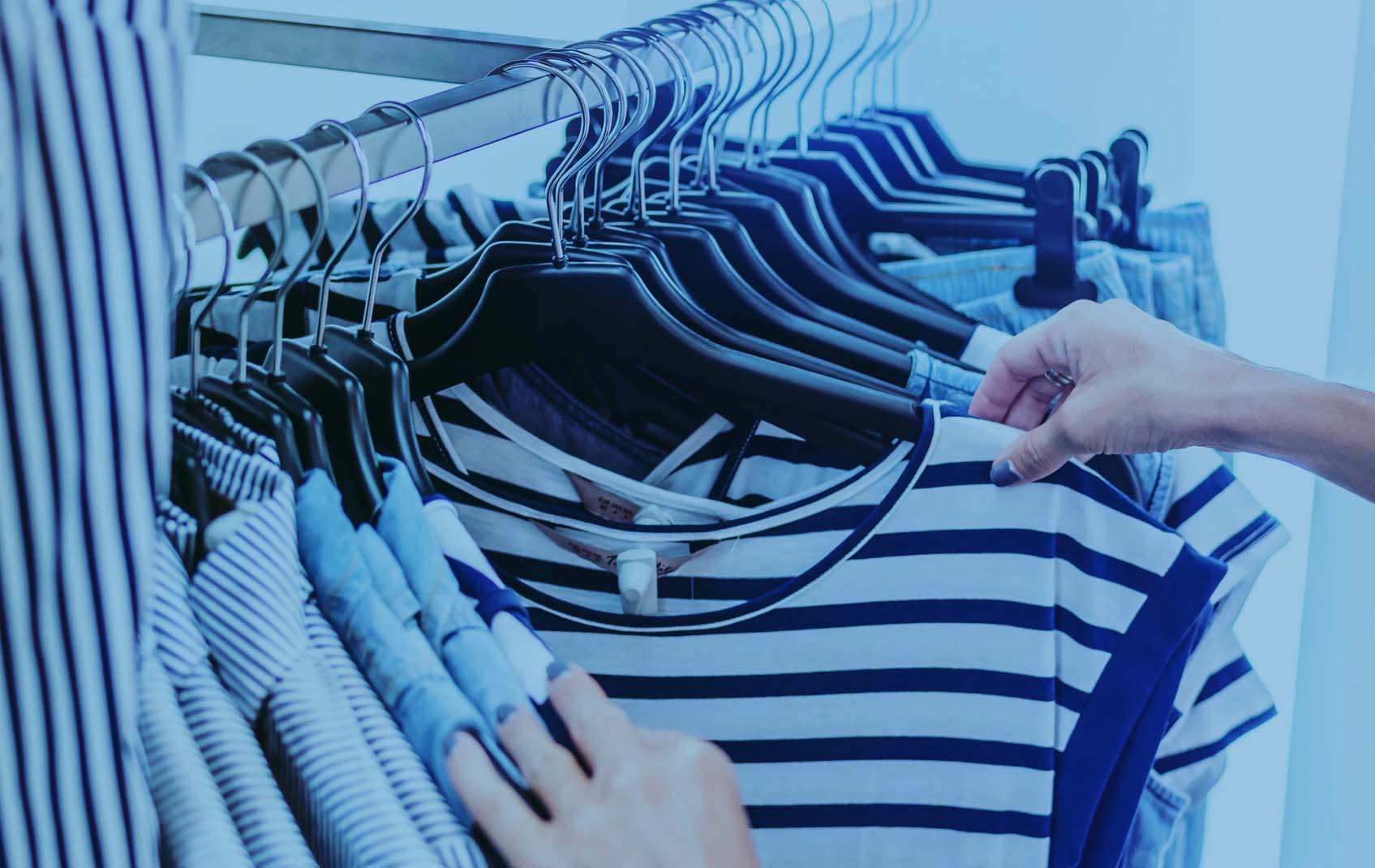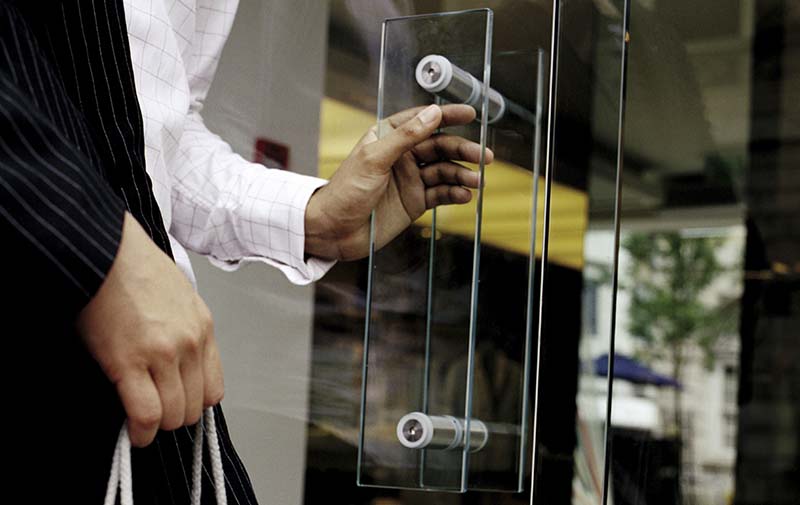
The Retail Rollercoaster: and why online isn’t the be-all, end-all
For a little while there, it looked like the retail industry was getting a trifle complicated.
The juggernaut that is online shopping seemed to be traveling at the speed of light with no brakes. And just when you thought all retail seemed to be moving online, deserting the traditional bricks and mortar model by the droves, along came new research to indicate otherwise.
When the internet (aided by smartphones opened up a whole new world of online retailers selling everything from clothing to homewares to vitamins and flea treatments, it seems that being a middle man with access to a good freight service and a fast turn around was all it took to go into the ‘new’ retail industry.
Inevitably, this has resulted in the rise of the savvy customer. The demanding customer. With more and more choice, comes more expectation, yet less, it seems, patience. They are demanding. They are impatient. So now more than ever, it is a buyer’s market.
Traditional retailers have long bemoaned all kinds of doom and gloom scenarios, but is this really what has transpired?
Many argue that the pressure placed upon the traditional retail stores has been a long needed kick up the proverbial in terms of attitudes towards customer service. Nothing like a shake up of the industry to improve long held attitudes towards your customer base.
One thing we can be sure of, that while online shopping is certainly here to stay, it doesn’t render the traditional shopfront obsolete. Both are important sales drivers but have been slightly re-defined.
Retailers need to think of the traditional bricks and mortar stores as “showrooms”… a place where you can pick something up, try something on and have a tactile experience. That’s something you don’t get with the click of a mouse.
What we have to understand instinctively is that the act of shopping is a completely different action to the act of purchasing.
 The future presents an omni-channel model, which simply means providing a multitude of ways for a customer to experience and interact with the seller. Those that have not kept up with changing customer buying habits and expectations will not last the distance.
The future presents an omni-channel model, which simply means providing a multitude of ways for a customer to experience and interact with the seller. Those that have not kept up with changing customer buying habits and expectations will not last the distance.
Implications for the retail industry from the rise of social media are significant. The immediacy of social media means that there is now an expectation of responsiveness to the consumer. Those at the forefront must have systems in place to respond to complaints or queries in real time.
If retailers are to navigate this changing market place, the emphasis needs to be firmly cemented on brand culture and a recognition that the customer has a relationship with a brand just as they do with their friends and family.
Customers feel respected if they are viewed as having a sense of ownership of the brand.
The embrace of brand culture also needs to extend to employees. If a retail business of any size can create an environment where the employees have a sense of suitable ownership, or an emotional (if not financial) ‘stake’ in the brand, then they are more likely to embody the brand and act as ‘brand ambassadors’ more than employees. That sense of ownership is an investment in any business and can permeate from the inside out.
What hasn’t changed in the whole online/in-store debate is the importance of having a strong brand with a strong set of core values. Get this right first and then identify internal strategies to ensure that the brand qualities are fully synchronised with the culture of the company within all channels.
The challenge remains, however, to get the marketing mix right, and ensure that you are providing a seamless shopping experience for your valued customer base in whatever way they choose to shop with you.